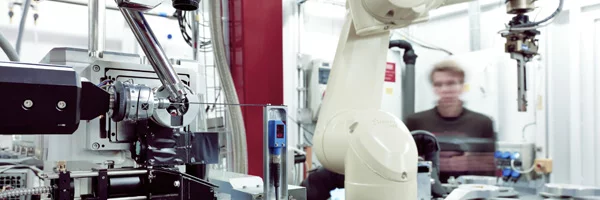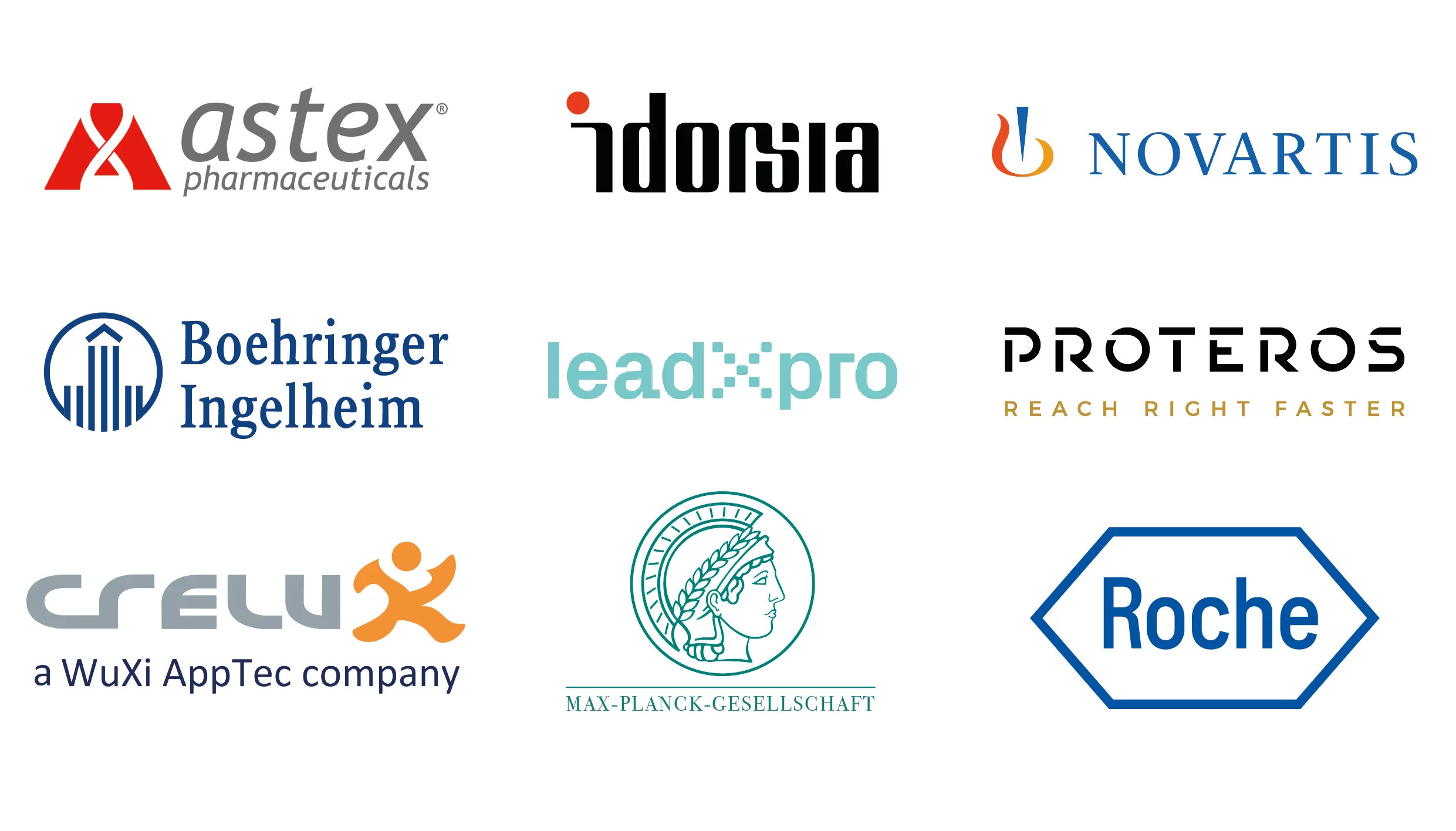
The second beamline for macromolecular crystallography, X10SA (PXII), was jointly funded in 2005 by the Max Planck Society (MPG) and the pharmaceutical companies Novartis and Hoffmann-La Roche. This highly versatile PX beamline offers an excellent balance between a small X-ray focus and low divergence, making it ideal for both high-throughput data collection for our pharmaceutical partners and significant academic research conducted by the MPG. Over the past two decades, the number of beamline partners has grown, and the majority of beam time at PXII is allocated to proprietary users.
In October 2023, PXII closed for a major refurbishment as part of the SLS 2.0 machine upgrade. The beamline is set to reopen for pilot experiments in 2025.
Specifications
| Wavelength range (Å) | |
|---|---|
| Spectral range (keV) | |
| Energy resolution (%) | |
| Flux at 12.4 keV at 400 mA (ph/s) | |
| Focused spot size h x v (μm²) | |
| Detector | EIGER2 16 M (up to 550 Hz) |
